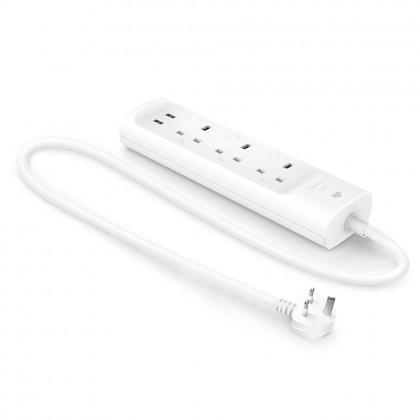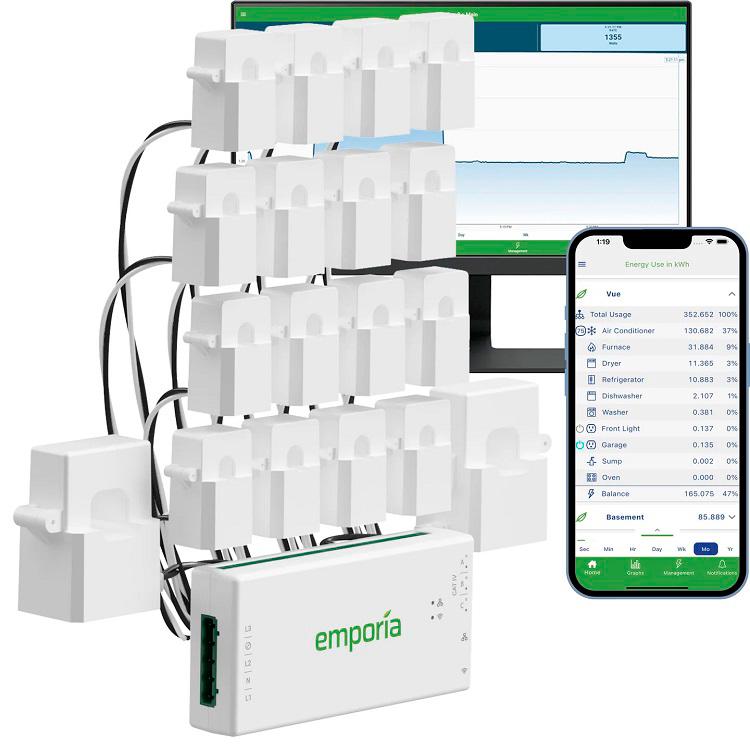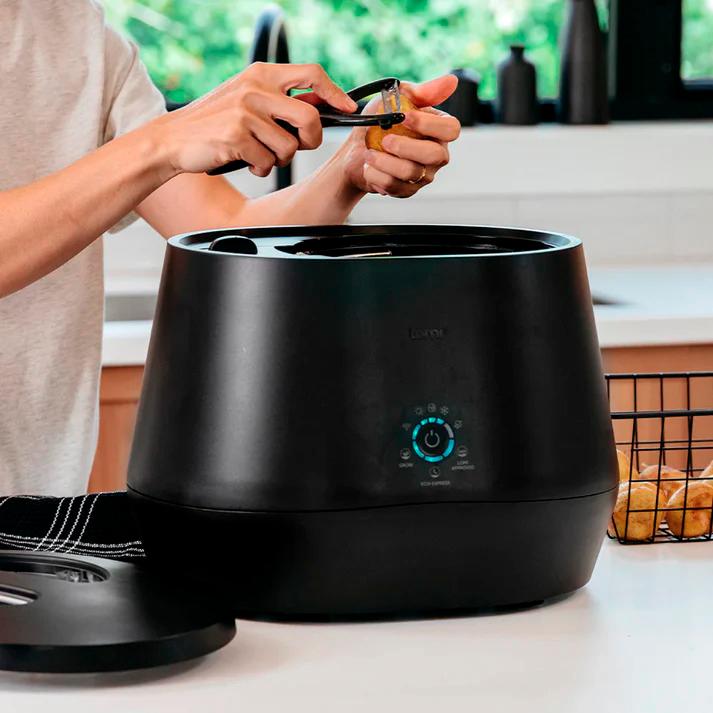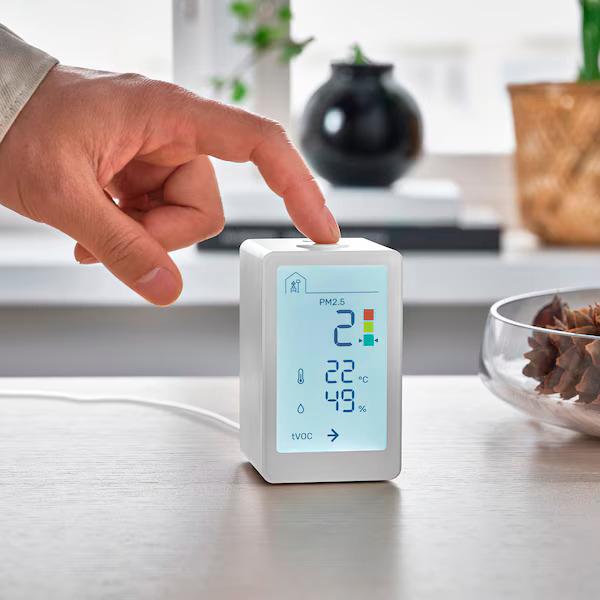AS greater environmental consciousness meets technological innovation with each passing year, smart home devices are continuously evolving beyond just being trends. They are playing a pivotal role in promoting sustainable living.
These smart gadgets not only make lives more convenient but have also shown to help reduce carbon footprint. Here are 10 eco-friendly smart home devices that are transforming the way consumers interact with not only their living spaces but also the environment.
Smart thermostats
Leading the charge in energy efficiency are smart thermostats such as the Nest Learning Thermostat or the Ecobee Smart Thermostat. These devices are able to learn a user’s schedule and preferences in order to automatically adjust their home’s temperature for comfort and to save energy by reducing heating or in in the case of Malaysian weather, cooling costs by up to 15%.
Smart LED bulbs
Unless you are completely in the dark, pun intended, it is common knowledge that different types of bulbs use different amounts of energy. For smart LED bulbs, brands such as Philips Hue and LIFX, these bulbs use up to 90% less energy than traditional incandescent bulbs.
A step into the future, smart bulbs also have features such as scheduling, remote control and even colour changing capabilities. By having the feature to automatically turn off when not needed, along with precise lighting control, these bulbs are able to greatly contribute to energy-saving and reduction of light pollution.

Smart power strips
At a glance, these devices look like any other power strip found in every home, office, shop and so on. The smart variants, however, such as the TP-Link Kasa Smart Wi-Fi Power Strip, come loaded with features.
Users can use smart power strips to control multiple devices independently, set schedules and monitor energy usage. When used effectively, these strips can save up to 10% on electricity bills.
Smart water monitors
Modern water conservation has received a high-tech boost with smart water monitors, in which devices can be attached to the water meter to provide real-time data on water usage, detect leaks and offer insights to reduce consumption.
Smart gardens
Bringing sustainable food production into the home, smart gardens such as the Click and Grow Smart Garden 3 allow users to grow fresh herbs and vegetables year-round with very little effort and resources. These systems that tend to have self-watering and self-lighting features use 95% less water than traditional gardening methods while ensuring optimal growth conditions.

Energy monitoring systems
Knowledge is power, particularly when it comes to energy consumption. Whole-home energy monitoring systems such as Sense or Emporia Vue provide detailed insights into a user’s energy use at home. By identifying energy hogs and suggesting optimisations, these systems empower homeowners to make informed decisions about their energy consumption.
Smart blinds
Harnessing the power of natural light and heat, smart blinds such as those from Lutron or Somfy automatically adjust based on the time of day, weather conditions and a user’s personalised preferences. By optimising natural light and reducing the need for artificial lighting and climate control, these devices can significantly cut down on energy usage while improving comfort.
Smart sprinkler controllers
Outdoor water usage gets a sustainable makeover with smart sprinkler controllers such as how the Rachio 3 uses weather data, soil conditions and plant types to create effective watering schedules. These controllers can reduce outdoor water waste by up to 50% to promote water conservation without sacrificing the health of the garden.

Smart composters
Tackling food waste head-on, smart composters such as the Lomi by Pela bring high-tech solutions to organic waste management. These devices can turn food scraps into nutrient-rich compost in a matter of hours, reducing methane emissions from landfills and providing valuable fertiliser.
Air quality monitors
Last but not least, smart air quality monitors such as Ikea’s Vindstyrka play a crucial role in creating healthier, more sustainable indoor environments. By tracking pollutants, CO2 levels, humidity and temperature, these devices help maintain optimal air quality.
The benefits are twofold as the devices not only benefit the user’s health but some also provide efficient ventilation and air purification, reducing energy waste and promoting a cleaner living space.
These devices help reduce energy consumption, paving the way forward for a sustainable future.









